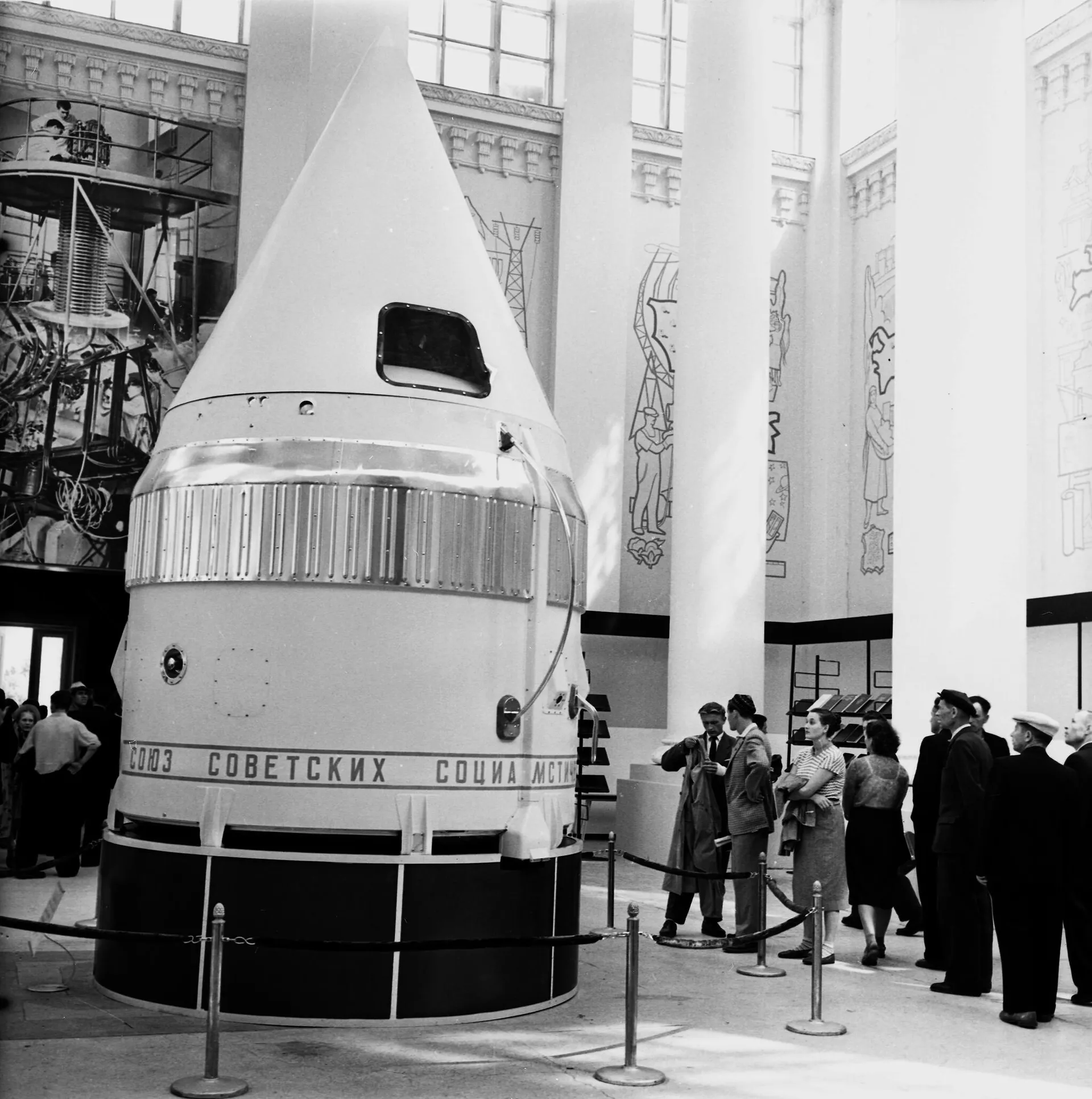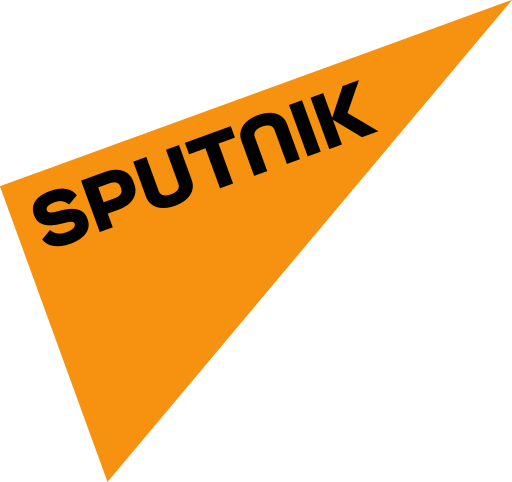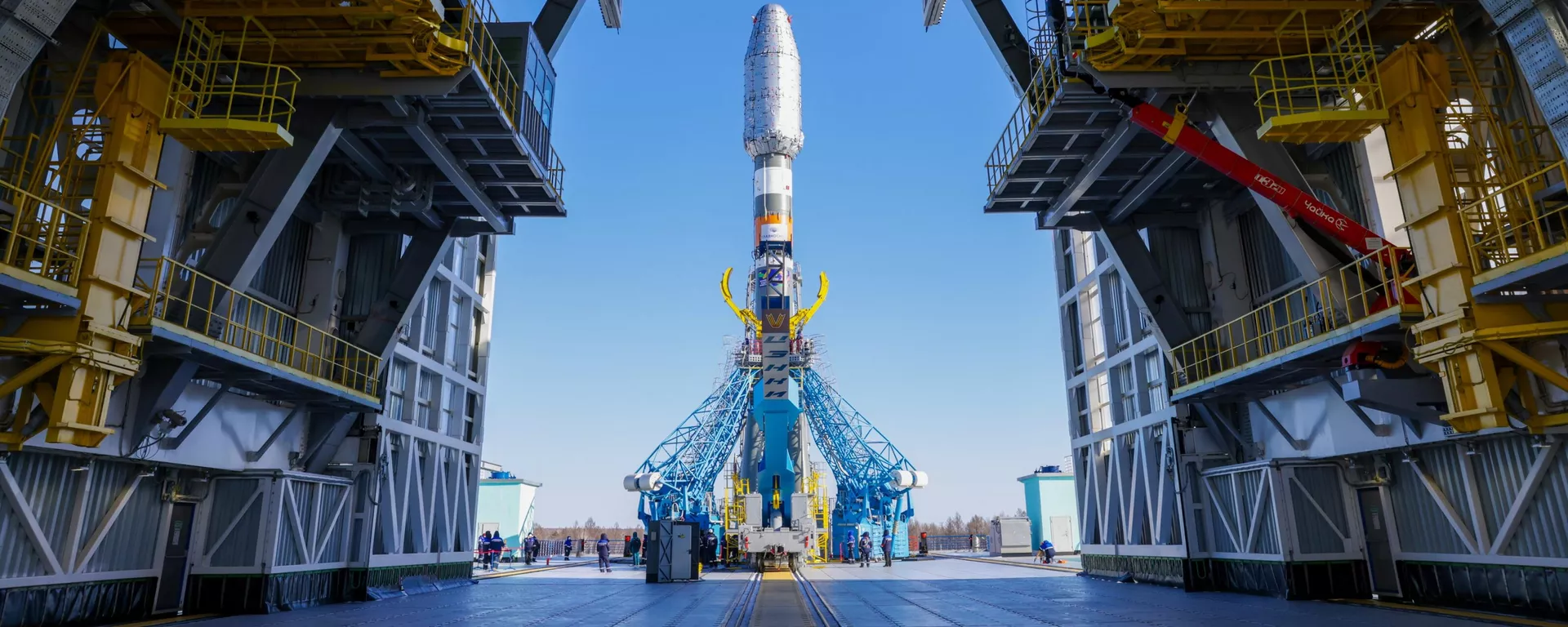The Luna 1 spacecraft marked the first of a series of Soviet automatic interplanetary stations successfully launched in the direction of the Moon.
The sphere-shaped spacecraft was equipped with mercury-oxide batteries, silver-zinc accumulators, four antennas, radio equipment, a tracking transmitter, and telemetry systems.
© Sputnik
What Was Its Mission?
Luna 1 was designed to impact on the Moon and carried a suite of scientific instruments:
Magnetometer: Measured magnetic fields
Micrometeorite detectors: Gathered data on small particles
Ion traps: Measured solar wind and plasma
Geiger and scintillation counters: Monitored cosmic radiation levels
The Vostok-L 8K72 rocket launched Luna 1 from the USSR’s Baikonur Cosmodrome.
To break free of Earth’s gravity, the rocket was fitted with a third stage, Block E, which also released a glowing sodium cloud visible from Earth to study gas behavior in outer space.
However, a delay in the Block E engine burn caused Luna 1 to miss its intended target, the Moon. Instead, it flew past the Moon and entered a heliocentric orbit around the Sun, becoming a pioneer in interplanetary exploration.
© Sputnik / David SholomovichThe Exhibition of Achievements of the National Economy of the USSR. Maquette of the automatic unmanned interplanetary station Luna 1 launched by the USSR on January 2, 1959.

The Exhibition of Achievements of the National Economy of the USSR. Maquette of the automatic unmanned interplanetary station Luna 1 launched by the USSR on January 2, 1959.
© Sputnik / David Sholomovich
Luna 1’s Legacy
The spacecraft delivered key data on Earth’s Van Allen radiation belts, held by the planet’s magnetic field.
It also proved the Moon lacks a detectable magnetic field, and measured solar wind properties.
Most importantly, Luna 1 paved the way for the Luna 2 mission, which became the first spacecraft to impact on the Moon’s surface on September 14, 1959.

 3 months ago
26
3 months ago
26







 We deliver critical software at unparalleled value and speed to help your business thrive
We deliver critical software at unparalleled value and speed to help your business thrive






 English (US) ·
English (US) ·